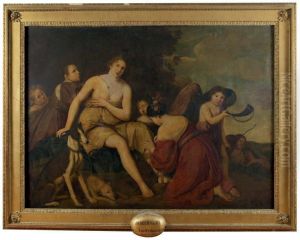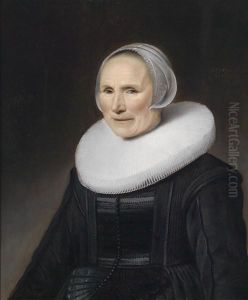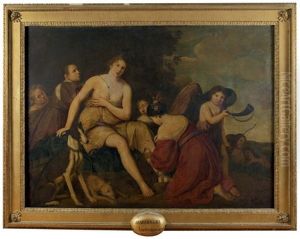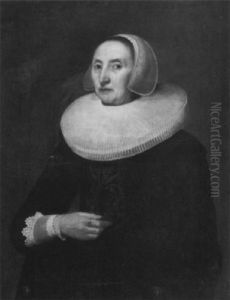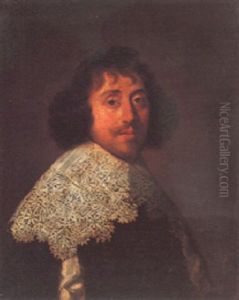Peter Danckerts De Ry Paintings
Peter Danckerts de Rij, also known as Pieter Danckerts de Ry, was a Dutch Golden Age painter born in 1605. He was part of the Danckerts family, a dynasty of artists that included his father Cornelis Danckerts de Ry (1561–1634), who was a painter and a dealer in paintings, and his brothers, who were also involved in the arts. Peter was one of the lesser-known members of this family, which is why there is limited information about his life and works.
Peter Danckerts was born in Amsterdam and likely received his initial training from his father. His work mostly consisted of portraits and historical scenes. During the 17th century, there was a strong demand for portraiture among the Dutch middle class, and artists like Danckerts found steady work in fulfilling these commissions. However, unlike his contemporaries such as Rembrandt or Frans Hals, Danckerts did not achieve the same level of fame or recognition during his lifetime or posthumously.
In 1628, he traveled to Denmark, where he worked at the court of King Christian IV. His stay in Denmark marked the most notable period of his career. During his time there, he painted several portraits of the Danish royalty, which are among his best-known works. These pieces are characterized by their straightforward representation and clarity, which was typical of Dutch portraiture of the period.
After his return to the Netherlands, Peter Danckerts continued to work as a painter, but his activities and the works he produced during this period are not well-documented. This lack of documentation has resulted in a modest historical footprint, making it difficult for art historians to fully assess his impact and significance.
Peter Danckerts de Rij died in 1661. His paintings are housed in various museums and collections, but they are often overshadowed by those of his more prominent Dutch contemporaries. Despite this, his contributions to portraiture and historical painting provide valuable insights into the artistic practice and cultural milieu of the Dutch Golden Age.
